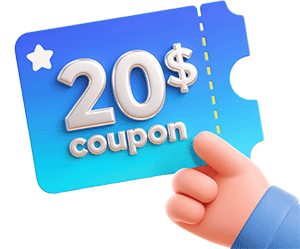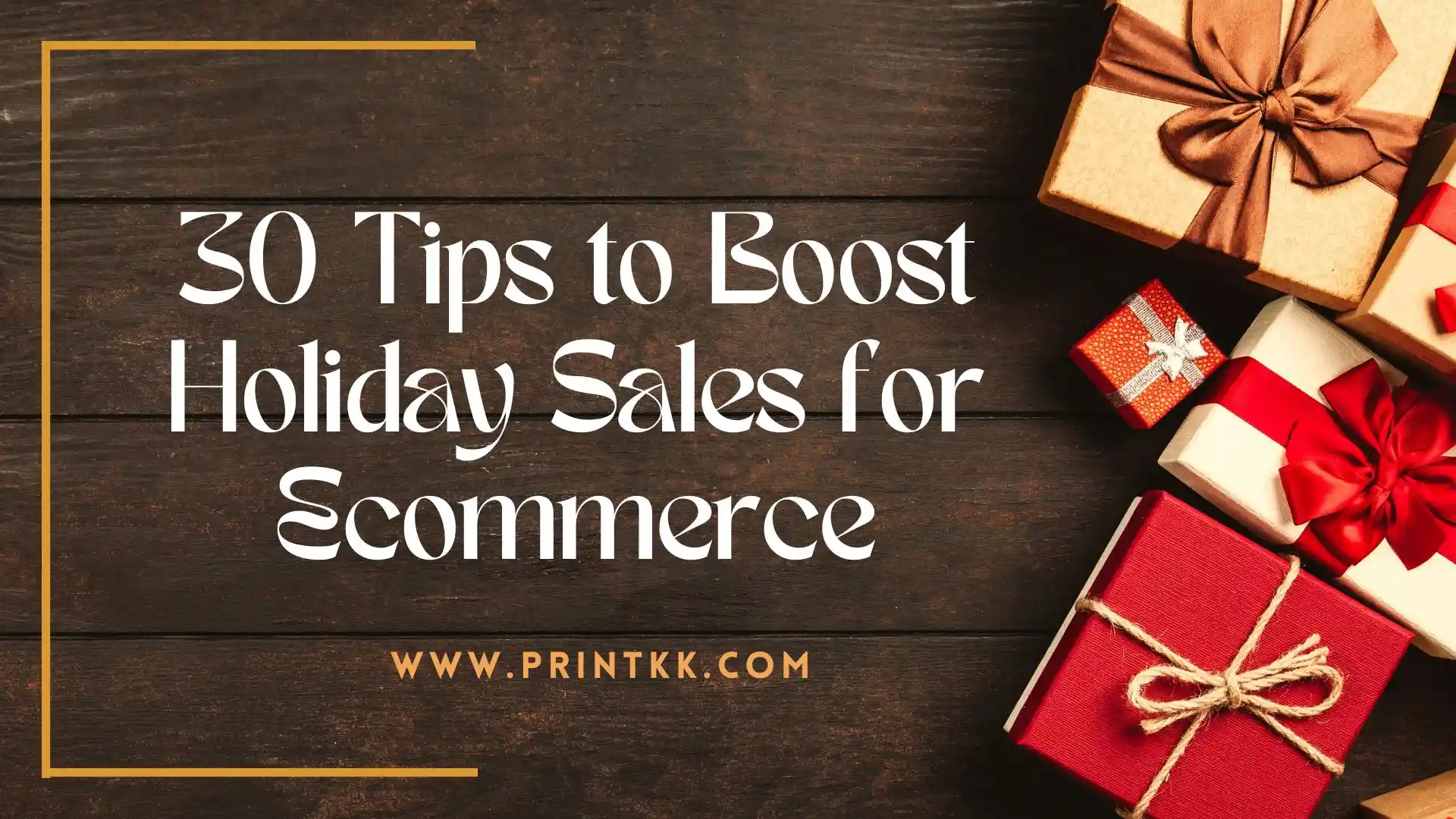
The holiday season brings a surge of shopping activity, making it a prime opportunity for eCommerce businesses to shine. From gift-hunters to last-minute shoppers, consumers are ready to spend. But standing out among countless competitors requires smart planning.
In this guide, we'll share 30 proven tips to help you boost holiday sales, attract more customers, and turn seasonal traffic into long-term growth for your brand in 2025.
Why Holiday Marketing Works?
Holiday marketing isn't just about discounts or quick sales. It works because holidays are emotional high points, moments when people are naturally more engaged and paying attention. Think of them as a stage: the perfect time to showcase your brand's story and connect with your audience.
When you plan your campaigns, remember that holidays act as:
- Emotion amplifiers – people feel more, celebrate more, and share more.
- Scene creators – the season sets the stage for experiences and memories.
- Collective focus windows – everyone's attention is on gifts, traditions, and connections.
The most successful brands don't just sell products during this time. They use the holiday to craft stories, build memorable experiences, and create a mental anchor in the minds of their customers.
At its core, holiday marketing is about emotional connection, then scene design, and finally the product and conversion.
When you approach it this way, every campaign becomes more than a sale—it becomes an opportunity to build trust, loyalty, and lasting impact.
30 Tips to Boost Holiday Sales and Maximize Profit
1. Optimize Your Homepage for the Holidays
Your homepage sets the tone. Swap boring banners for festive visuals that clearly show your best deals. Highlight products that are actually selling fast.
Place a countdown timer or "limited stock" badge to catch attention. Visitors should immediately know where to click to buy, without hunting through menus.
2. Offer Early Bird Discounts
Give loyal customers a head start. Early discounts create urgency and help you clear stock gradually. Segment your list to reward returning buyers first.
People who shop early tend to spend more because they feel like insiders. Even a small perk, like free shipping, can turn casual visitors into early buyers.
3. Leverage Social Media Stories
Stories disappear fast, which is perfect for exclusive deals. Show a product in action, highlight last-minute discounts, or post short behind-the-scenes clips.
Quick, visual updates work better than long posts because they feel personal. Include a swipe-up link or QR code so curiosity immediately leads to checkout.
4. Bundle Products for Extra Value
Bundles make gift-giving simple and increase order size. Pair complementary items together and show the savings compared to buying individually.
Think like a personal shopper: if someone is buying a scarf, suggest gloves and a hat. It feels thoughtful, not pushy, and people are more likely to grab the full set.
5. Run Limited-Time Offers
Short-term deals trigger fast decisions. Use timers, banners, and phrases like "only 5 left." Even subtle cues create a sense of scarcity that nudges shoppers toward checkout.
The key is visual urgency: people respond more to what they see than to what they read.
6. Simplify Your Checkout Process
Every extra step is an exit point. Reduce forms, allow guest checkout, and provide multiple payment options.
Mobile checkout should be effortless, with large buttons and a clear flow. A smooth, fast checkout keeps the buying momentum alive, turning casual browsers into paying customers.
7. Optimize for Mobile Shopping
Mobile is where most holiday shopping happens. Images need to be clear, buttons tappable, and pages fast.
If your mobile store feels clunky, shoppers leave immediately. Test every page on different devices. A fast, smooth mobile experience can double conversions compared to an average desktop site.
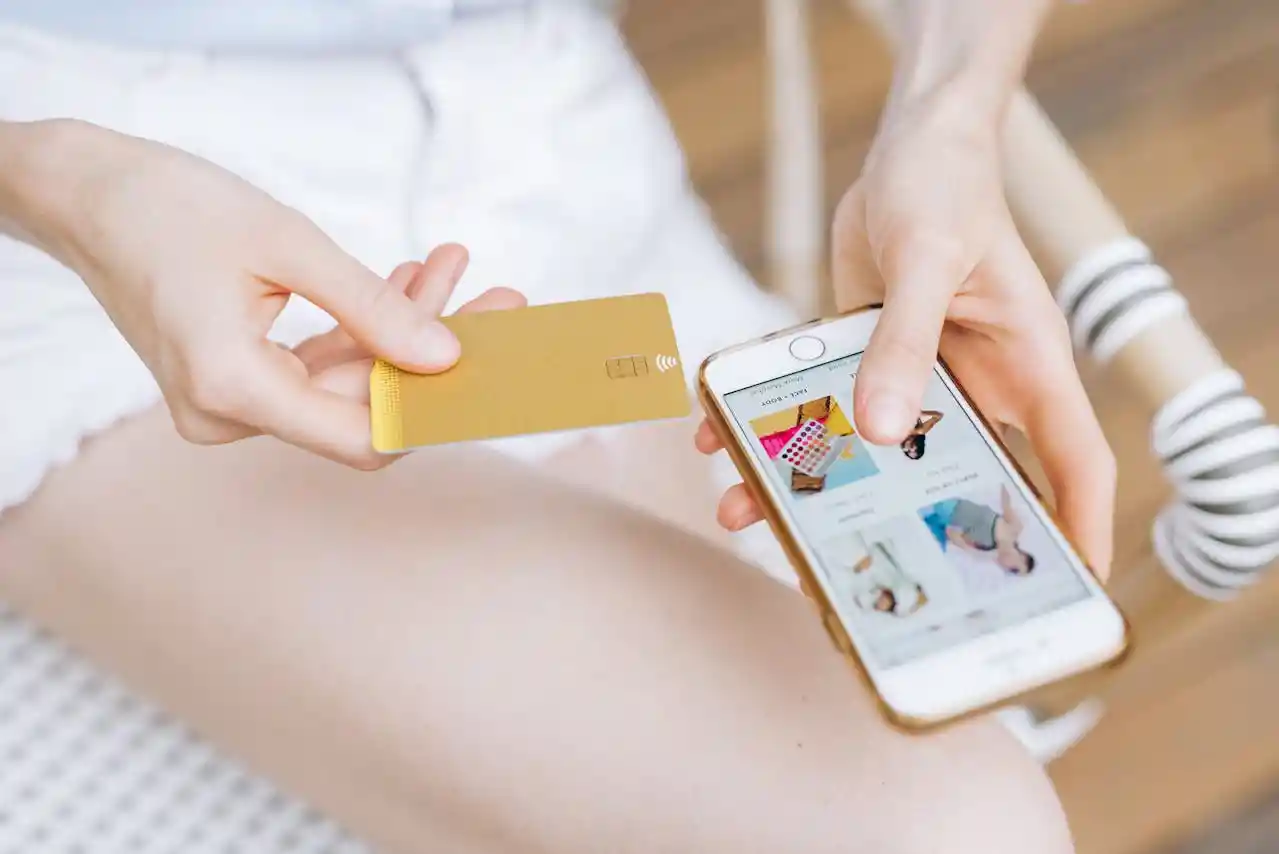
8. Use Retargeting Ads
Not everyone buys on the first visit. Retargeting ads gently remind shoppers about products they browsed.
Show relevant images, limited stock, or slight discounts. Ads feel more like helpful nudges when tailored to individual browsing habits rather than generic sales pitches.
9. Personalize Email Campaigns
Segment by past purchases or browsing history and recommend products that feel hand-picked.
Subject lines like "Your holiday picks are here" get clicks. Include images and highlight urgency if stock is limited. Emails that feel curated can outperform flashy generic promotions because they resonate personally.
10. Highlight Free Shipping
Free shipping is a strong motivator. Place banners on the homepage, product pages, and checkout.
Consider thresholds like "free shipping on orders over $50" to increase cart value. Shoppers often add extra items just to hit the free shipping mark, making it an easy way to boost profits.
11. Run a Holiday-Themed Contest
Encourage engagement with small contests: ask customers to share photos using your products or tag friends.
Highlight the best submissions on social media. Even modest prizes create buzz, increase brand visibility, and make followers feel part of a community rather than just consumers.
12. Showcase User-Generated Content
Real photos and reviews inspire trust faster than ads. Feature customer content on product pages or social media.
People want to see others using your products, especially gifts. Incentivize sharing with hashtags or small rewards, and you gain authentic content for marketing while boosting conversions.
13. Offer Gift Cards
Gift cards solve last-minute shopping headaches. They're simple to promote, easy to buy, and bring customers back later.
Position them as thoughtful gifts, not just a fallback. Even a $25 card can lead to a larger purchase, and it keeps your brand top-of-mind.
14. Focus on Product Recommendations
Suggest relevant add-ons or complementary items during browsing or checkout. Make it feel like advice, not upselling.
For example, pairing a camera with a memory card or bag increases order value naturally. Well-chosen suggestions save customers time and improve their shopping experience.
15. Use Countdown Timers
Timers aren't just gimmicks. Seeing a clock tick down on a sale creates real urgency.
Pair it with limited stock warnings or special holiday bundles. Even a visual flash of time passing makes shoppers act faster than static text ever will.
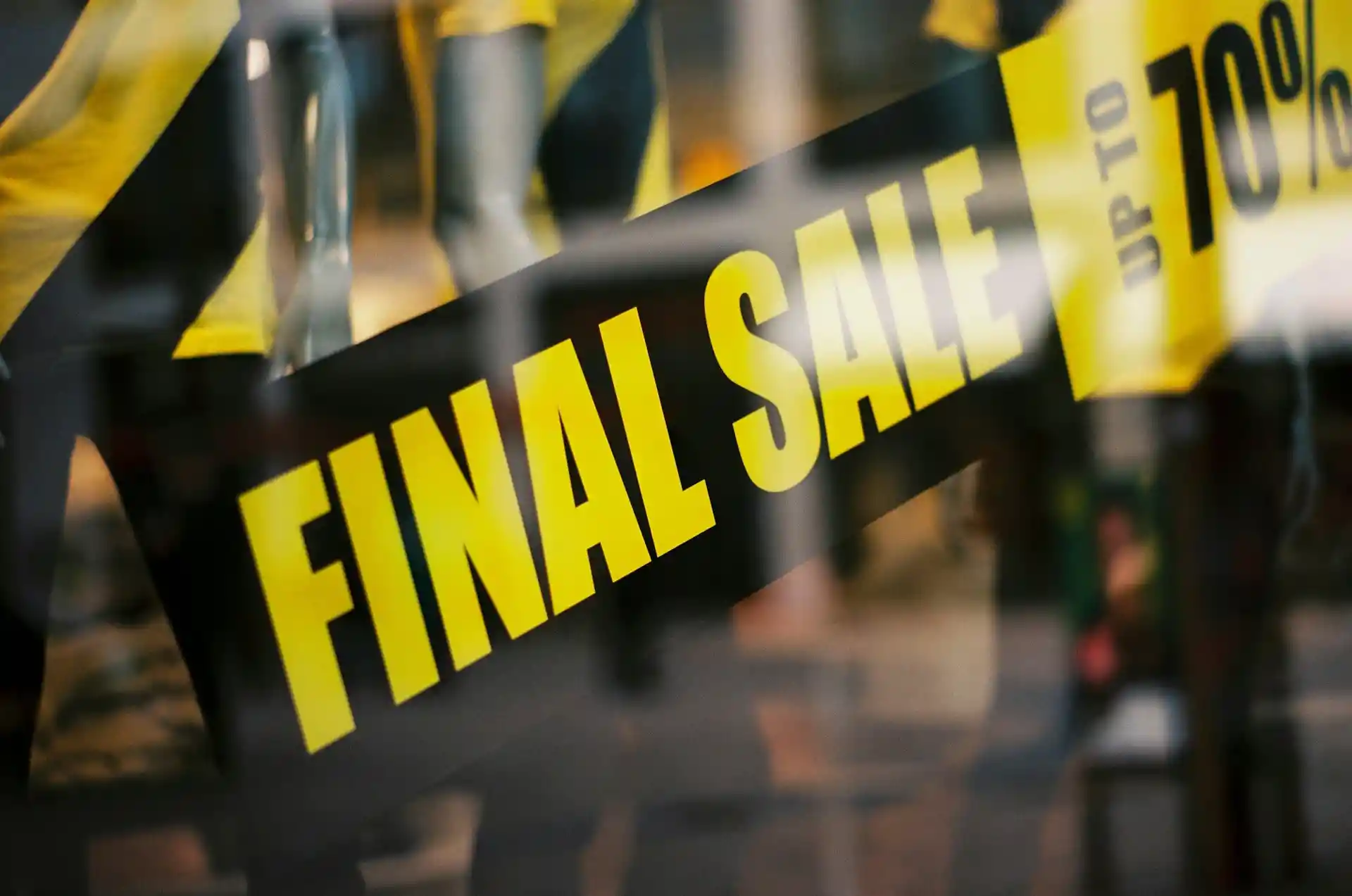
16. Highlight Bestsellers
Show what's actually selling. Shoppers often follow the crowd. Display top-selling items prominently with badges like "Most Popular" or "Customer Favorite."
It's social proof in action—people trust what others already bought, and this can nudge them to click "add to cart" without overthinking.
17. Create a Gift Guide
Organize your products by recipient, price, or interest. Think of it as a curated shopping map.
Include quick links to buy and small notes like "perfect for tech lovers" or "great stocking stuffer." A well-made guide saves time for shoppers and subtly suggests more items they might not have noticed.
18. Offer Subscription Options
If your product is consumable or replenishable, subscriptions lock in long-term sales.
Holiday shoppers appreciate convenience: they can gift a subscription or set up auto-delivery. Add a small first-time bonus or discount—it makes the decision feel like a treat, not a commitment.
19. Prepare Your Inventory
Stock matters more than flashy promotions. Track trends, anticipate popular items, and keep reserves.
Running out of bestsellers frustrates buyers and harms reputation. A little foresight ensures high-demand products are always available, keeping momentum through the busiest weeks.
20. Leverage Influencer Partnerships
Pick influencers whose followers genuinely match your audience. Micro-influencers often have higher engagement than big names.
Short, authentic demos or honest reviews resonate more than polished ads. Their word carries weight and can drive immediate traffic and sales
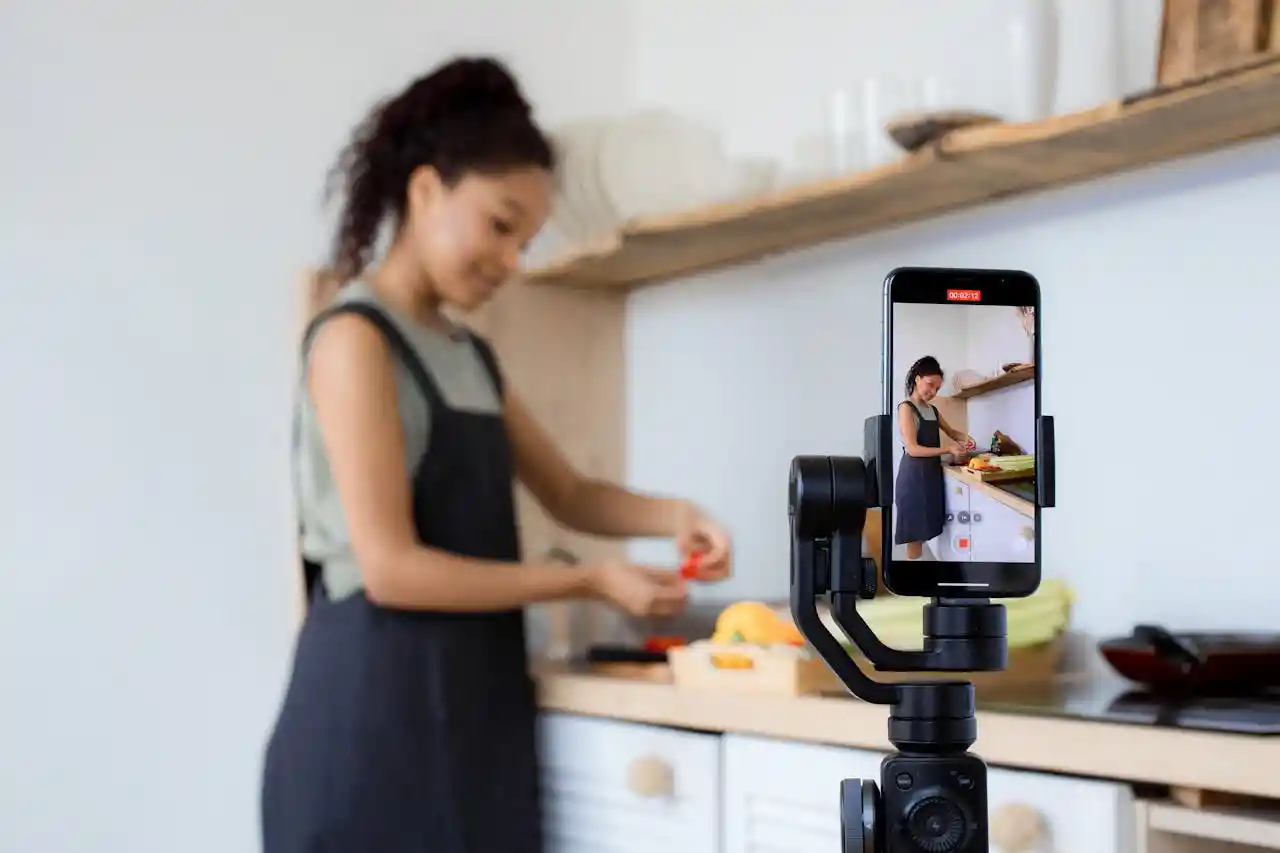
21. Offer Easy Returns
Clear, no-hassle return policies reduce friction. Make it easy for shoppers to see and understand.
Holidays involve gifting, so customers feel safer buying if they know returns are simple. A flexible policy can actually encourage larger purchases.
22. Experiment with Flash Sales
Random, short-term discounts keep excitement alive. Announce via email or social media, and don't overdo it.
People respond to spontaneity, and a well-timed flash sale can capture those who might otherwise wait until after the holidays.
23. Upsell Smartly at Checkout
Suggest add-ons at the right moment. Keep recommendations relevant: if someone buys a jacket, show gloves or scarves, not unrelated items.
Done subtly, this can raise average order value without frustrating buyers. Timing and context are everything.
24. Use Exit-Intent Popups
When someone moves to leave your site, show a small popup with a limited discount or free shipping offer.
Timing is key—too soon annoys, too late misses the chance. Done right, it can recover sales that would otherwise be lost.
25. Highlight Reviews and Ratings
Show short quotes or star ratings near your "buy" button. Reviews are powerful because they answer unspoken questions: "Will this be good?"
People trust real experiences, and seeing others happy with a product can tip hesitant buyers into completing checkout.
26. Add Holiday-Themed Packaging
A festive box or wrapping elevates the perceived value of your product. Customers are more likely to buy gifts when they feel ready-to-give.
Even simple touches like ribbons, stickers, or small holiday messages make products feel special.
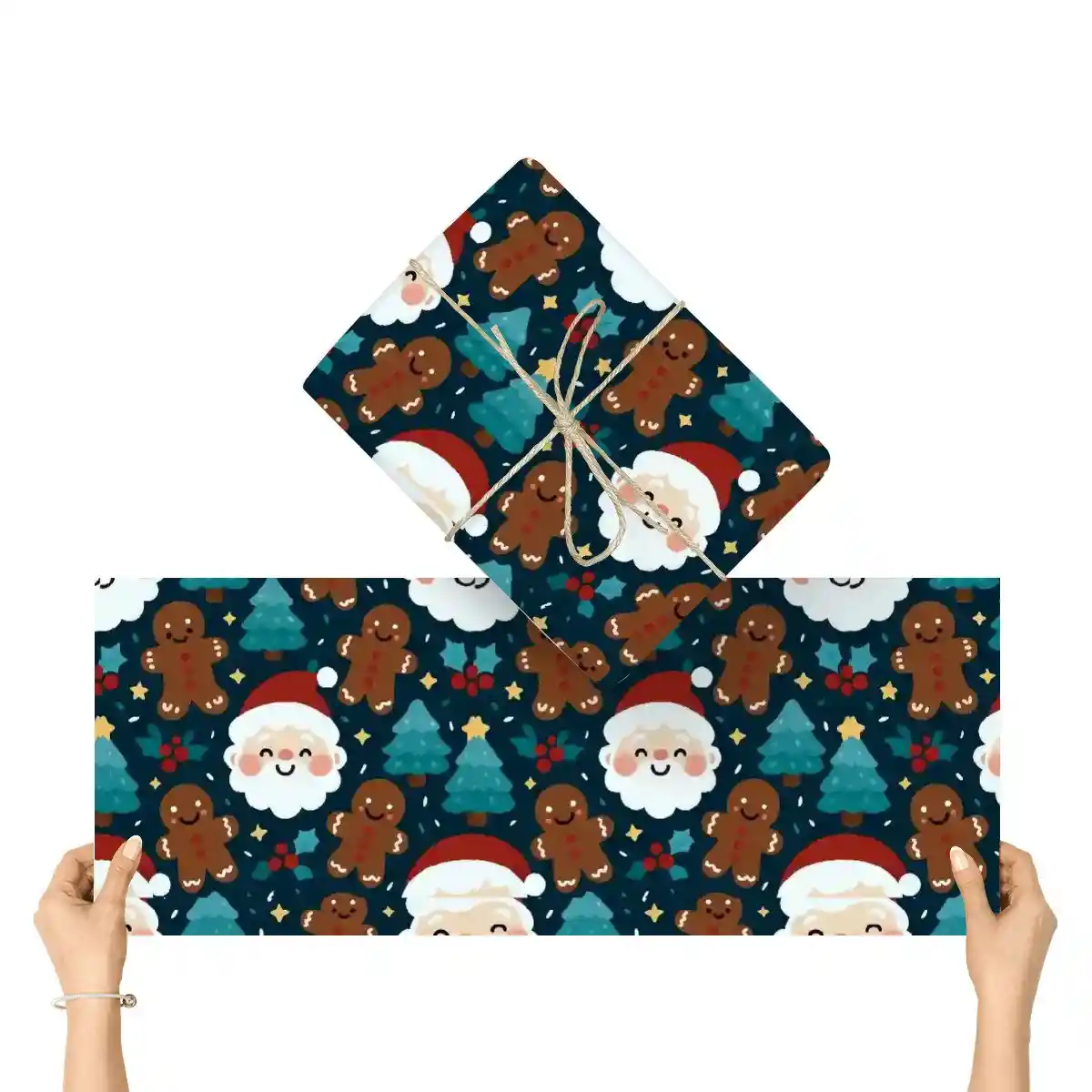
Custom 3-Pack Gift Wrapping Paper Sheets (Made in USA) - Print on Demand Fulfillment - PrintKK
27. Focus on Speedy Delivery
Clear delivery deadlines matter. Highlight last shipping dates for holiday arrivals and offer faster options if available.
Shoppers prioritize certainty over discounts. Fast, reliable shipping can make them choose you over a cheaper competitor.
28. Encourage Reviews After Purchase
Send a post-purchase email asking for feedback or photos. Small incentives like discounts or contest entries motivate participation.
Reviews help future shoppers make decisions, and user-generated content builds trust for months after the holidays.
29. Test Pricing Strategies
Experiment with small pricing tweaks: tiered discounts, bundle deals, or BOGO offers. Track which performs best.
Sometimes subtle changes outperform massive markdowns because they feel smarter and more personal to shoppers.
30. Plan Post-Holiday Follow-Ups
The holidays are over, but your relationship with customers isn't. Send thank-you notes, leftover deal reminders, or sneak peeks of new products.
A thoughtful post-holiday touch turns seasonal shoppers into repeat customers, extending the value of your holiday efforts.
3 Consumer Psychology Hacks to Boost Holiday Sales
1. Add-on Purchases for Just $1
Offer a small add-on at checkout to gently increase the cart size. For example, "Buy a jacket, add a scarf for $1." This works best with items that feel valuable but are low-cost.
Only trigger this option when the cart reaches a certain amount or contains a specific product. Shopify and WooCommerce have Upsell & Cross-sell plugins to handle this automatically.
You can also include links in emails to remind hesitant buyers about the extra value they can get for just a dollar.
2. Threshold Discounts or Free Gifts
Encourage slightly bigger purchases with spend thresholds. For instance, "Save $10 on orders over $30" or offer a small gift when they reach a target.
Make it easy for shoppers to see how close they are to the offer. Display a message like "Add $10 more to get $10 off" in the cart or checkout.
This nudges customers to buy a little more while feeling smart about the deal. Small, popular items are perfect for helping customers reach the threshold.
3. High-Low Price Bundles
Create bundled offers that feel like extra value. Sell a single item for $388 or a bundle with extra accessories for $399.
The small price difference with additional items gives customers the sense of a bargain. Show both prices clearly on product pages and banners.
You can use Shopify's Product Bundle feature, and highlight the bundle in social media or email campaigns to encourage more purchases.
Summary:
These three tactics make customers feel they are getting more for their money without heavy discounts. Use a mix of add-ons, threshold offers, and bundles to subtly increase cart size while leveraging the natural desire to get a bargain.
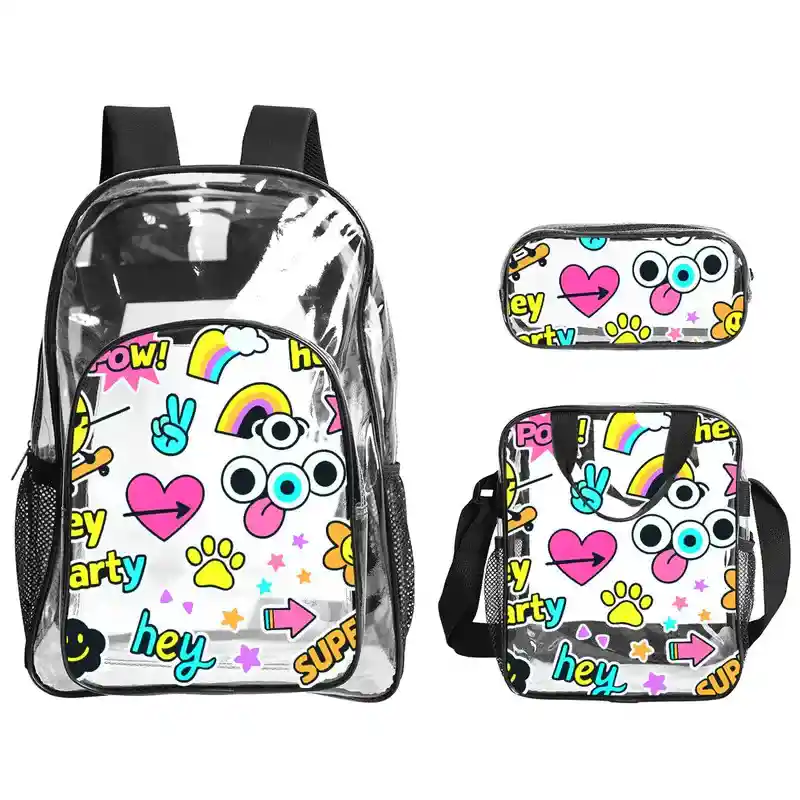
Custom Clear Backpack Set of 3 (Backpack&Lunch Bag&Pencil Case) - Print-On-Demand - PrintKK
5 Steps to Maximize Holiday Marketing for Your Brand
Step 1: Pick the Right Holiday
Not all holidays fit every brand. You need to match the holiday with your audience and product. For example:
- Emotional spending brands (like beauty or wine) do well on Valentine's Day, Mother's Day, or New Year.
- Practical products (like home appliances or tools) shine on Black Friday, Cyber Monday, or Labor Day.
- Kids and family-focused products (like toys or educational items) are strong during Christmas, Easter, or back-to-school season.
- Health and wellness products fit Thanksgiving, New Year, or Health Awareness Month.
You can even create your own branded holiday, like Starbucks' Red Cup Day or REI's #OptOutside campaign. It's a chance to own a moment and make people associate your brand with a celebration.

Custom Printed on Demand Round Shape Portable Pocket Mirror - Daily Accessories - PrintKK
Step 2: Choose a "Holiday Anchor Story"
Every holiday has an emotion at its core. Your job is to wrap that emotion with your brand's voice. For example:
- Valentine's Day → Love → "Before loving others, love yourself."
- Thanksgiving → Gratitude → "Thank more than you own; thank your growth."
- Christmas → Reunion → "Home is who you're with, not just where you are."
Your products should feel like a natural part of that story. A scented candle brand wrote: "Light the fragrance that makes you feel at home," showing how their product solves the emotional need.

Custom Black Jar Scented Candle (6oz) - Print-On-Demand - PrintKK
Step 3: Create Visual Anchors + Social Content
Holiday marketing works best when content is easy to share and emotionally strong. Focus on three things:
- High emotional value
- Low participation barrier
- Clear, single theme
Ideas include:
- Holiday brand posters (Facebook horizontal, Instagram Reels/TikTok vertical)
- Emotional short clips (60 seconds, perfect for YouTube Shorts or TikTok)
- Holiday challenges (like #MyHolidayMood or #ThanksWithYou)
Remember, it's not about producing more content. One theme, one sentence, one visual can leave a stronger impression.
Step 4: Scene + Product = Mental Anchor
Holiday | Scene Simulation | Brand Action |
Christmas | Family reunion from afar | Promote "Gift of Home" box, emphasize warmth and togetherness |
Valentine's Day | Self-love for singles | Push "Treat Yourself" set, communicate "loving yourself is worth celebrating" |
Thanksgiving | Expressing gratitude | Offer "Thankful Box", encourage sharing warmth |
Your product isn't just a thing to buy. It becomes an emotional tool in a holiday scene, helping users express feelings tied to the celebration.
Step 5: Conversion + Retention Loop
A holiday campaign shouldn't be a one-off. Design ways to keep users engaged afterward:
- Holiday-exclusive coupons or bundles (limited time, limited quantity)
- Email or SMS pre-launch campaigns and post-holiday follow-ups
- Post-season reactivation: encourage user photos, referral programs, or loyalty points
The holiday is a spark. Long-term growth comes from keeping customers engaged and letting the holiday experience live on in their memory.
What's Trending for the 2025 Holiday Season?
1. Print-on-Demand Products for Customization & Flexibility
Consumers increasingly expect personalization in their purchases. Customers enjoy creating unique gifts without waiting for large production runs.
POD allows you to meet this demand with low inventory risk, and stores that continue offering customizable options will maintain stronger emotional connections and repeat purchases.
You can set up POD options for mugs, shirts, or home décor, letting buyers add names, messages, or artwork. Shopify and Etsy integrations make this straightforward.
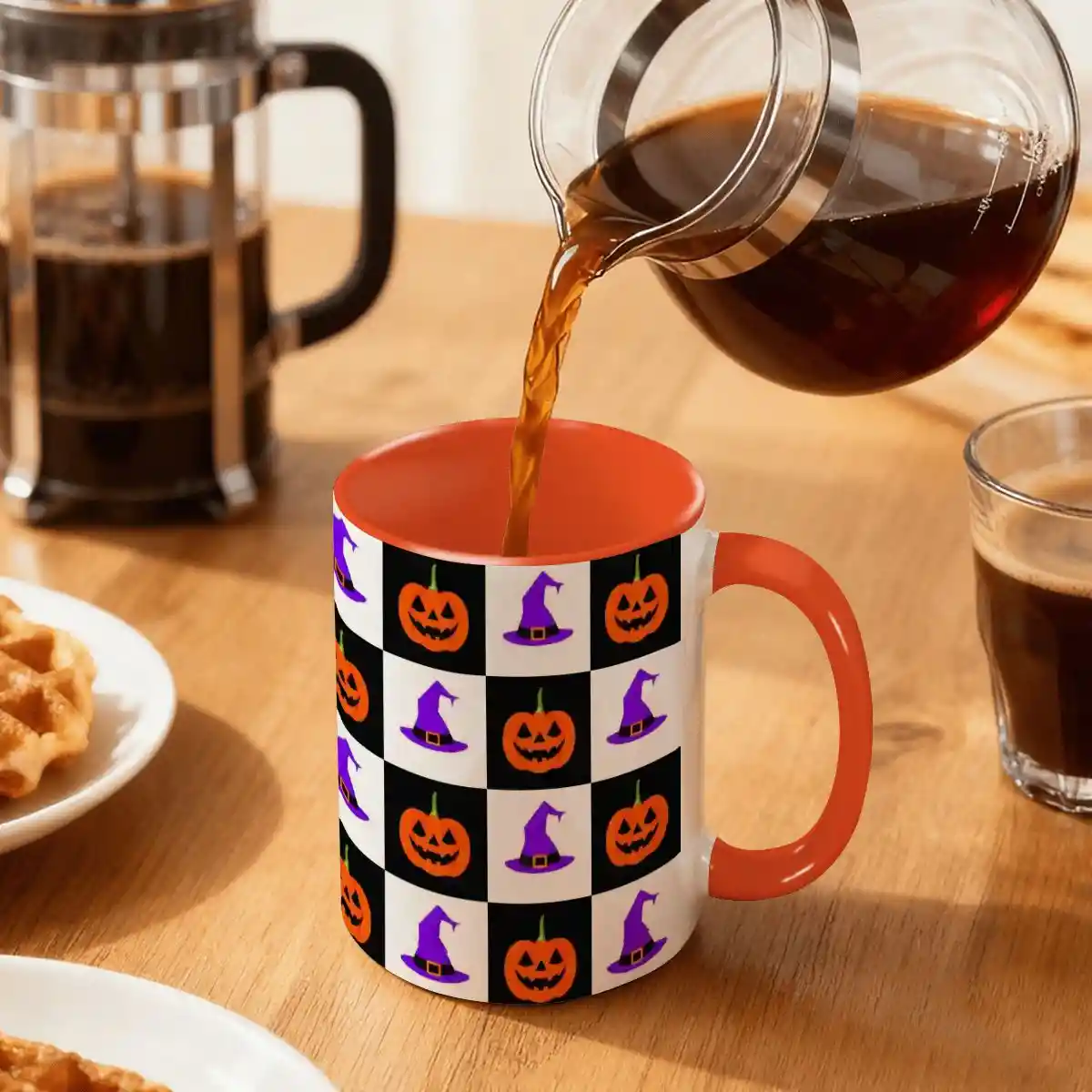
Custom Large Mug (15oz) (Made in USA)(Submit Shipping Label) - Print-On-Demand - PrintKK
2. Digital Art & Virtual Collectibles
Blockchain adoption and the rise of digital wallets make it easier for consumers to own and trade virtual items.
These items appeal to tech-savvy buyers and collectors who enjoy uniqueness and scarcity. You can sell limited-edition NFTs or digital artwork through specialized marketplaces.
As digital ownership becomes more mainstream, offering collectible digital gifts aligns your store with a growing market of buyers seeking unique and verifiable items.
3. DIY Gifts & Handmade Kits
Consumers increasingly value experiences over generic products.
Shoppers want gifts that create memories and encourage creativity. You can sell kits for cookie decorating, candle-making, or craft projects. These kits often appeal to families or friends looking for shared activities.
By offering DIY kits, you tap into this behavior and create repeatable seasonal experiences, which can foster customer loyalty and social sharing for your brand.
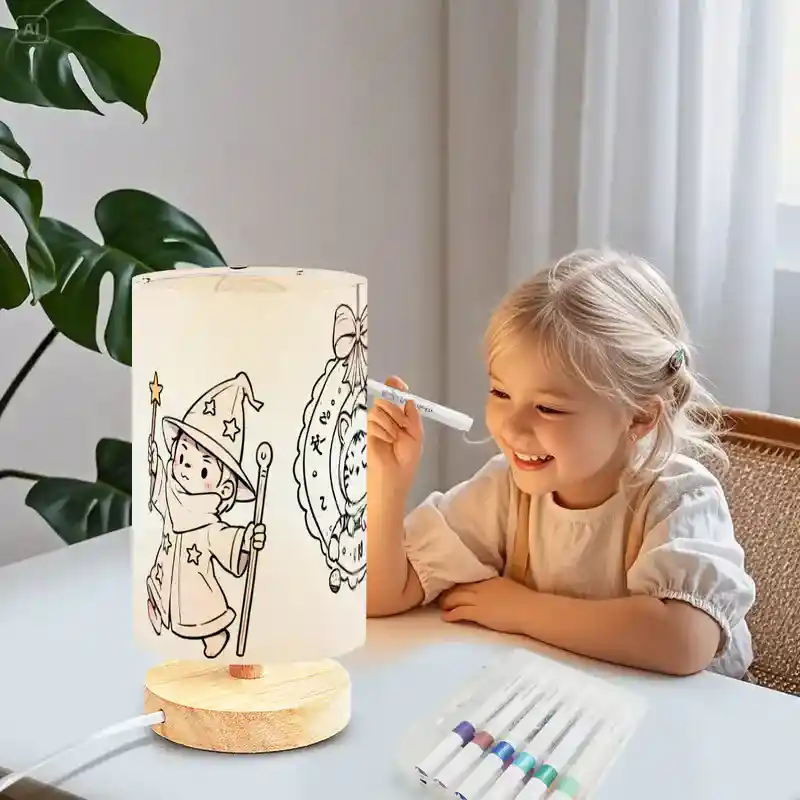
Custom DIY Paintable Table Lamp (Made in USA) - Print-On-Demand - PrintKK
4. AI-Powered Personalized Gift Lists & Packaging
As AI adoption grows, shoppers will prefer platforms that save them time and provide relevant suggestions.
Smart algorithms can recommend items based on browsing behavior, previous purchases, or recipient profiles. You can implement AI tools on your website to offer tailored gift suggestions, or use custom-printed packaging that includes a personal touch.
Leveraging AI now helps you capture more conversions, and early adoption positions your store as a more convenient and thoughtful shopping option.
5. Social Media & Influencer-Driven Holiday Trend Products
Younger consumers spend more time on social platforms than traditional media.
People increasingly trust creators they follow, and a recommendation can quickly drive interest in certain items.
You can collaborate with micro-influencers to showcase your products or create short videos demonstrating them. Platforms like Instagram, TikTok, and YouTube are effective for this.
Brands that maintain influencer partnerships now are likely to capture attention during peak holiday shopping periods, giving you an edge over competitors who rely solely on email or search traffic.
6. Eco-Friendly & Sustainable Holiday Products
Consumer awareness and demand for sustainable products continue to rise, reinforced by media coverage and regulatory pressure.
People want products that reduce environmental impact and reflect conscious choices. You can offer items made from recycled materials, reusable packaging, or ethically sourced ingredients.
Brands that prioritize eco-friendly options now are likely to gain long-term trust and market share.
7. Wellness-Focused Gifts for Stress Relief & Comfort
Stress levels and health consciousness are on the rise, and shoppers prefer meaningful gifts that help others relax.
Many customers seek items that promote relaxation, comfort, or stress relief, especially during busy seasons. Consider offering scented candles, bath sets, or ergonomic accessories.
Offering wellness-focused items positions your store to meet a real need, which can drive higher satisfaction, repeat purchases, and positive word-of-mouth.
Expert Tips
The holiday season is one of the most crucial periods for e-commerce businesses, offering a unique opportunity to connect with customers and drive significant revenue.
Successful holiday marketing isn't just about discounts—it's about providing value, engaging your audience, and building lasting impressions.
Apply these 30 actionable tips consistently, and you'll be well-positioned to boost holiday sales while cultivating long-term customer relationships that extend well beyond the festive season.










 Global Shipping
Global Shipping





























